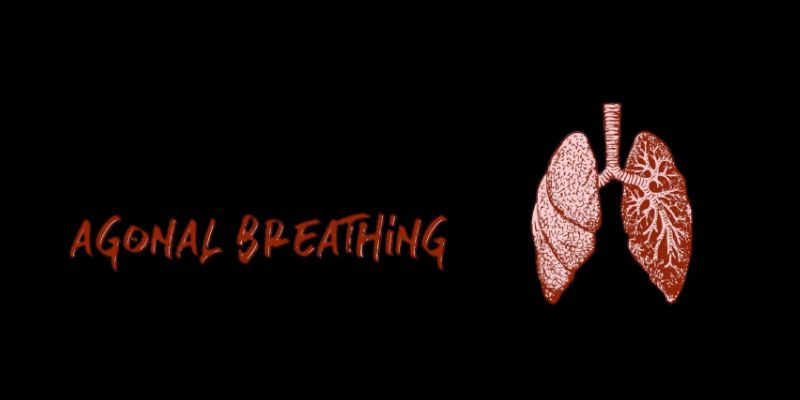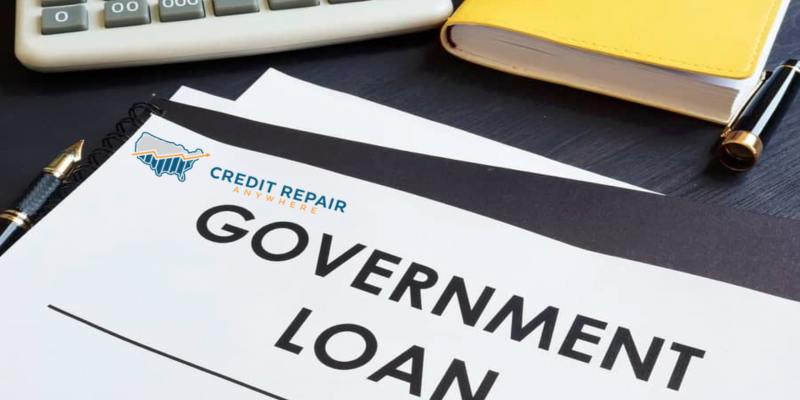Buying a home often begins with one big question: how much cash do you need upfront? The down payment is one of the first hurdles. While many still mention 20% as the standard, most buyers Today put down less. The number depends on your loan type, credit score, and location. Some manage with just a few percent saved, while others aim higher to reduce mortgage costs. The average down payment on a house reflects changing market realities, and it's helpful to understand what's typical, what's possible, and how to approach it based on your financial situation.
What does the Average Down Payment look like Today?
In the U.S., down payments vary depending on whether you’re a first-time or repeat buyer. First-timers average about 6%, while those who’ve owned before tend to put down around 13% to 15%. That gap comes from equity rolled over from a previous sale. For a $350,000 home, a 6% down payment equals $21,000—a reachable goal for many buyers compared to the old 20%, which would be $70,000.
Putting down more does reduce monthly payments and interest, but saving that amount can take years. Many people choose to buy earlier with a lower down payment. Lenders accept this because loan options have changed, and the idea of 20% being necessary is now more tradition than rule.
Even 10% can be tens of thousands of dollars in high-cost areas like Los Angeles or New York. A modest down payment may be enough for a decent home in smaller cities or rural places. So the average is just that—an average. Where you live shapes the real number.
The Role of Loan Types in Down Payment Amounts
Your loan type plays a big role in how much you need upfront. Conventional loans, the most common type, usually require 5% to 20%, though some programs allow as low as 3% for well-qualified buyers. These loans might include private mortgage insurance (PMI) if you put down less than 20%, adding to the monthly cost.

FHA loans require 3.5% down and are often used by first-time buyers with modest credit scores. They come with both upfront and ongoing mortgage insurance, making homeownership more accessible.
VA loans are available to military veterans and require no down payment. The same goes for USDA loans, which are aimed at rural buyers and offer 0% down if you qualify based on income and location.
Choosing between these loans isn’t just about the down payment—it affects interest rates, fees, and insurance. Some buyers accept higher costs in exchange for buying sooner, while others save more to reduce long-term expenses.
Your finances and how long you plan to stay home help determine the best loan. A smaller down payment might suit someone expecting to move or refinance soon, while a larger one can help if you stay long-term.
Down Payment Assistance and Creative Options
Down payment help isn't just a dream—there are real programs that offer support. Many states and cities have assistance programs for first-time buyers or those under certain income limits. These can come as grants, deferred, or forgivable loans if you stay in the home long enough.
Some offer $10,000 or more in aid to cover a solid chunk of a starter home's down payment. These programs usually have conditions, like taking a class or living in the home for a few years, but they lower the financial barrier.
Beyond official programs, family gifts are common. Parents or relatives may help with some or all of the down payment. Lenders often allow this as long as paperwork proves it's a gift, not a loan.
Other buyers borrow from their 401(k) plans. This can be risky since it dips into retirement funds, but it's an option if you're short on cash and don't want to wait.
Some lenders now offer low-down-payment loans with no PMI by adjusting the interest rate. Others let you pay the insurance fee upfront or add it to the loan balance. These structures reduce monthly payments while still meeting loan requirements.
The key is weighing the trade-offs. A small down payment might cost more over time but could make homeownership possible sooner. A larger down payment lowers costs but can delay your purchase.
How Down Payments Affect the Bigger Financial Picture?
Your down payment affects more than the amount of your loan. It also impacts your loan-to-value (LTV) ratio, a key factor in determining your loan terms. A lower LTV (with a higher down payment) usually leads to better interest rates and fewer fees.

Most conventional loans require PMI if your down payment is under 20%. This added cost can range from 0.5% to 1.5% of the yearly loan amount. For example, a $300,000 loan could mean $1,500 to $4,500 annually. PMI ends once your equity reaches 20%, but it adds to your monthly payment.
Another thing to keep in mind is the risk of draining your savings. It may not be wise to put every dollar into the down payment if it leaves you short for repairs, taxes, or emergencies. A more modest payment paired with savings can be a safer route.
There’s also the investment angle. Some financial advisors argue that putting less money down and investing the rest could offer better long-term returns. This depends on how comfortable you are with risk and what the market looks like.
In short, there’s no single correct down payment. It depends on your savings, income, and long-term plans. What works for one buyer may not make sense for another, even on the same house. The best approach is a realistic one that matches your budget and risk comfort.
Conclusion
The average down payment on a house isn’t fixed. It depends on your loan, location, and finances. Many buyers now put down far less than 20%, thanks to flexible loan options and assistance programs. What matters most is choosing a down payment that fits your goals and budget. Whether it's 3% or more, the correct number keeps your finances stable while helping you move forward with buying a home.












